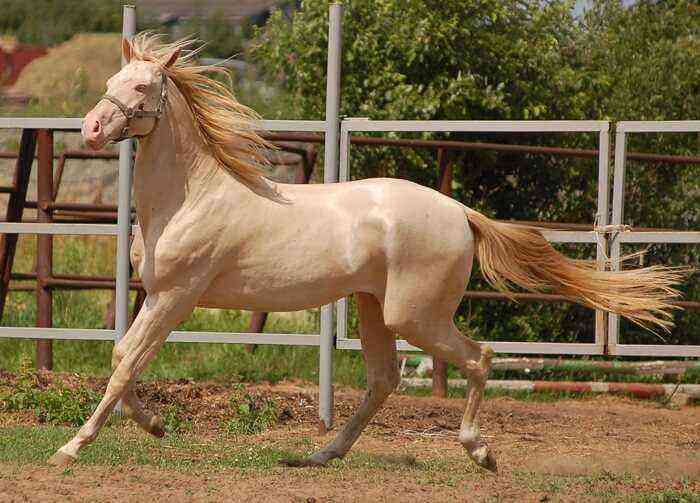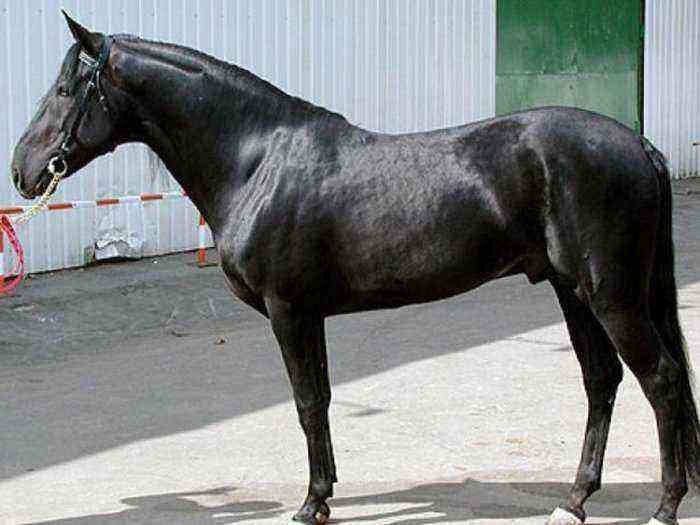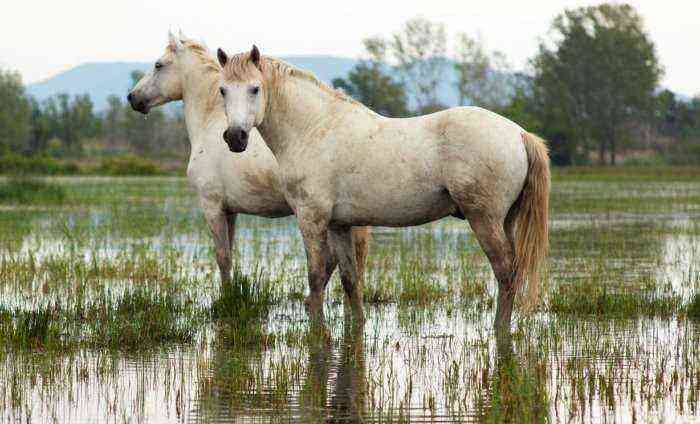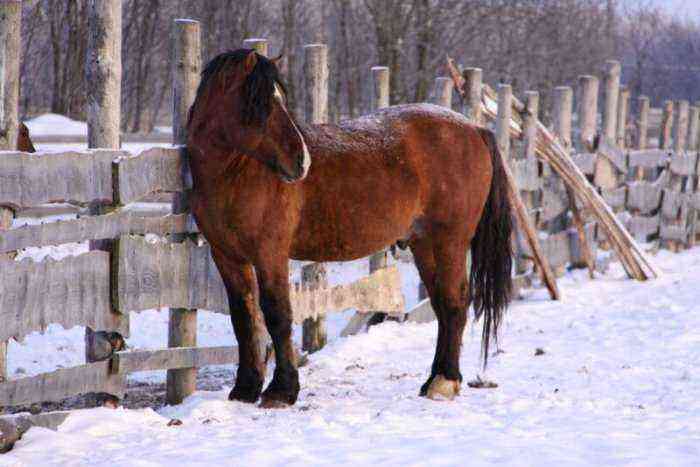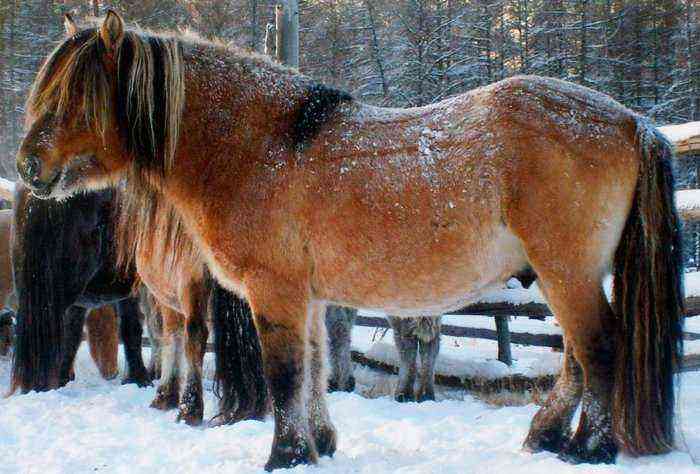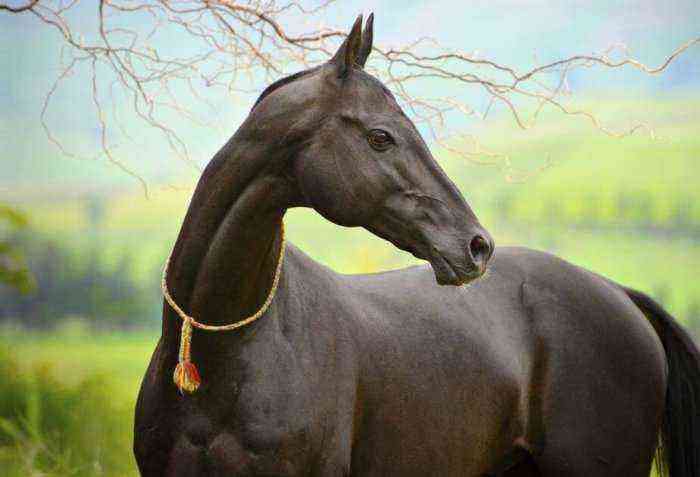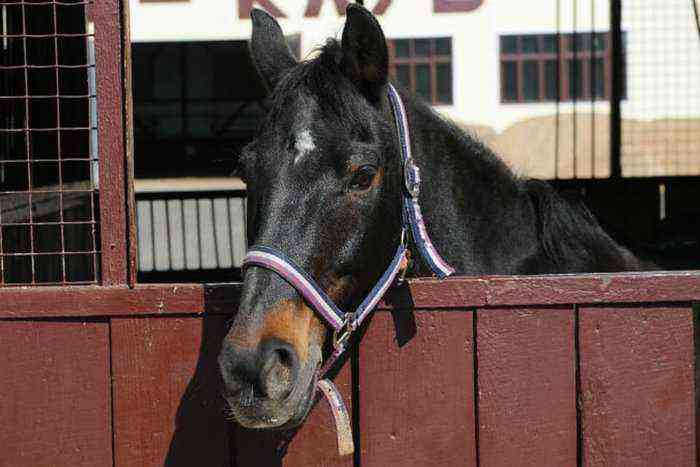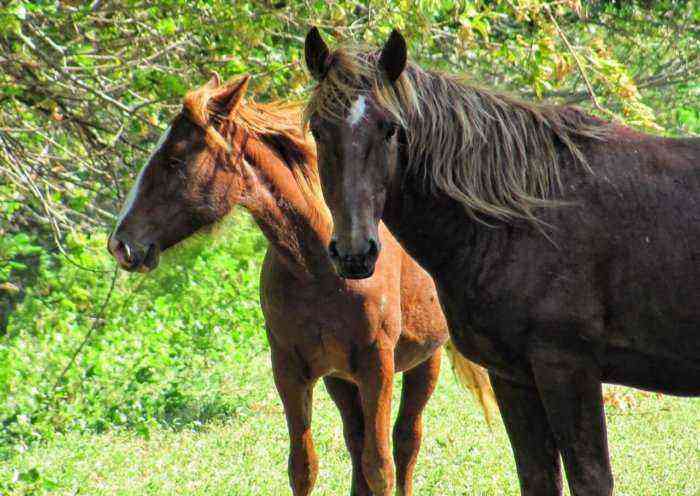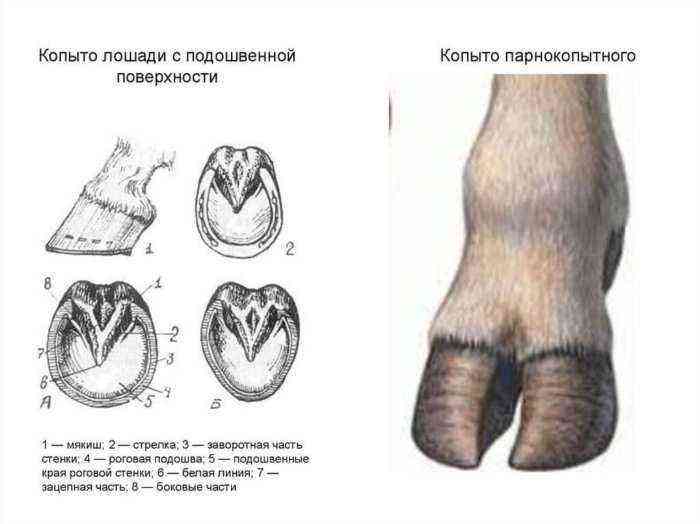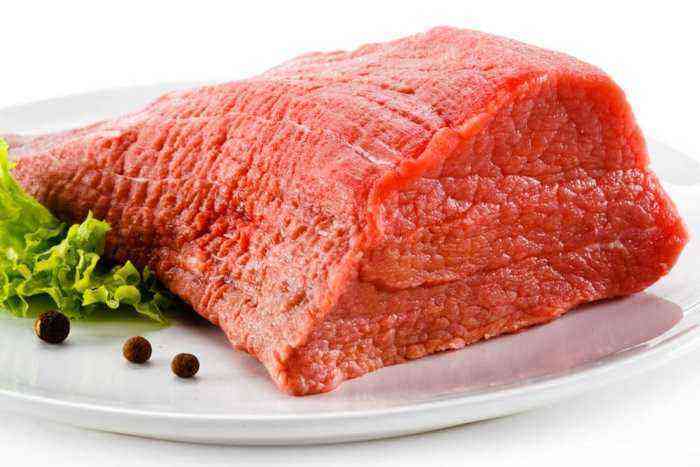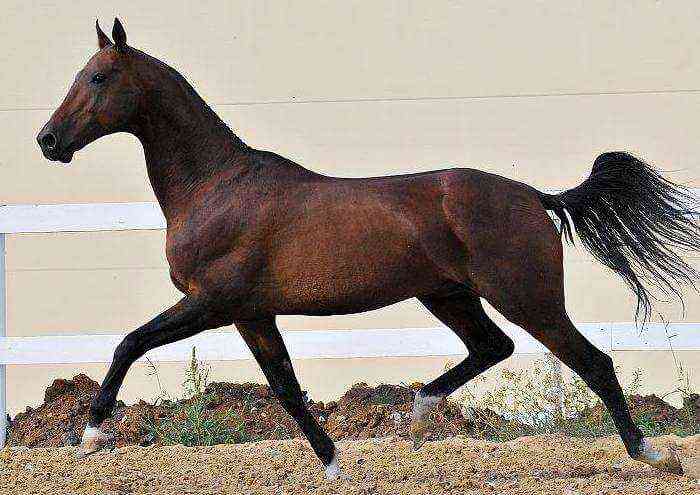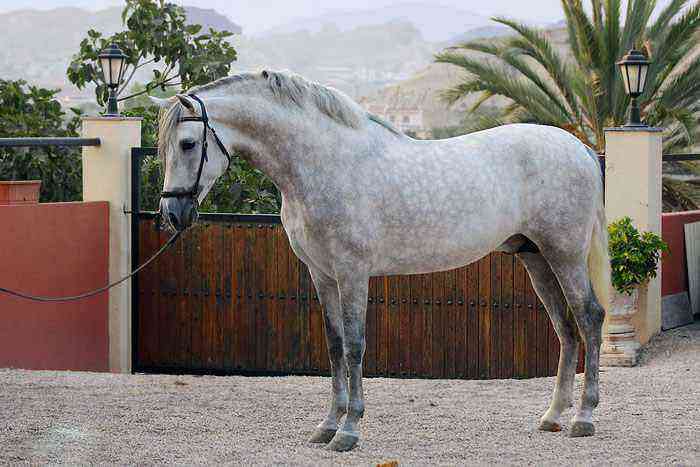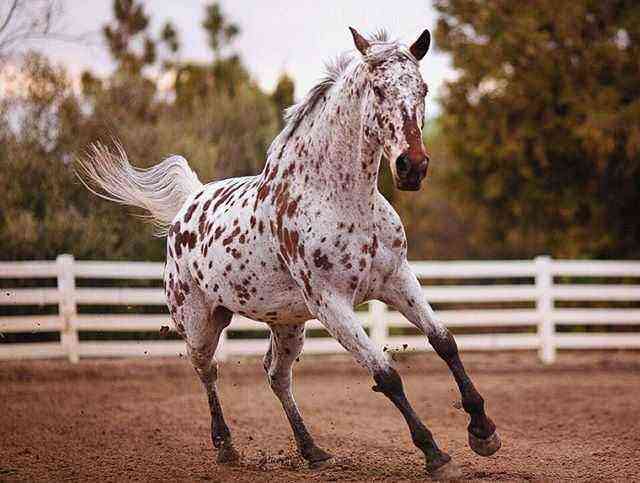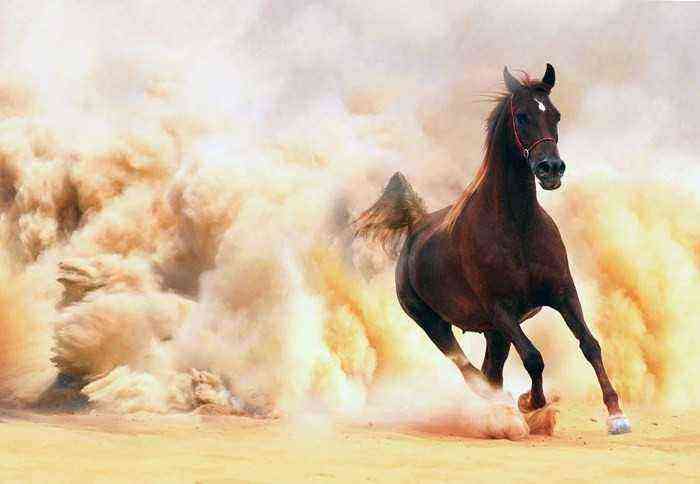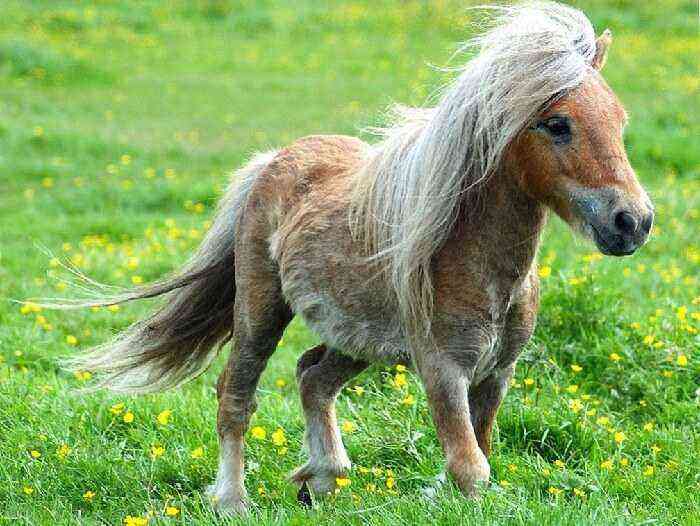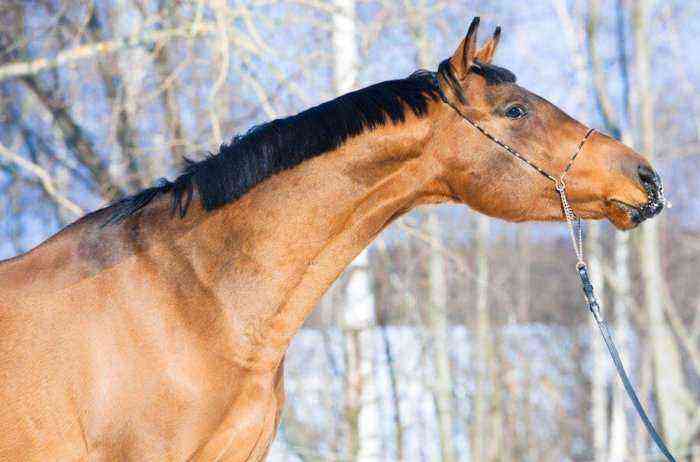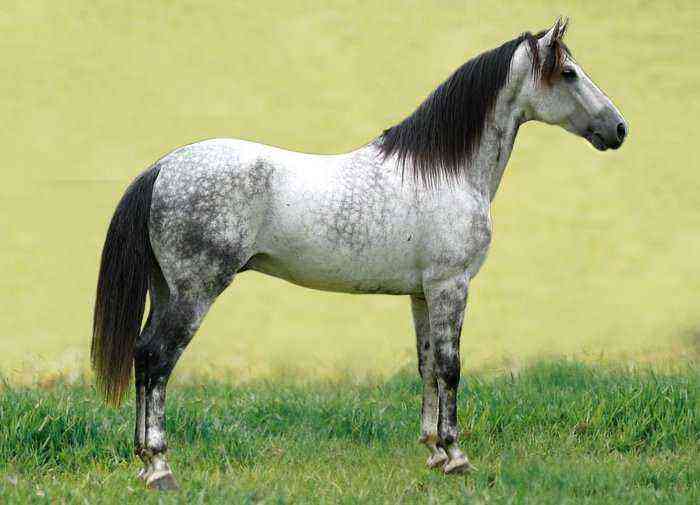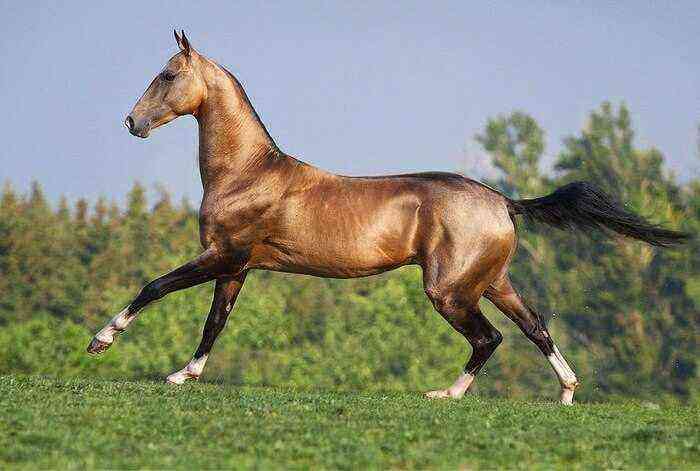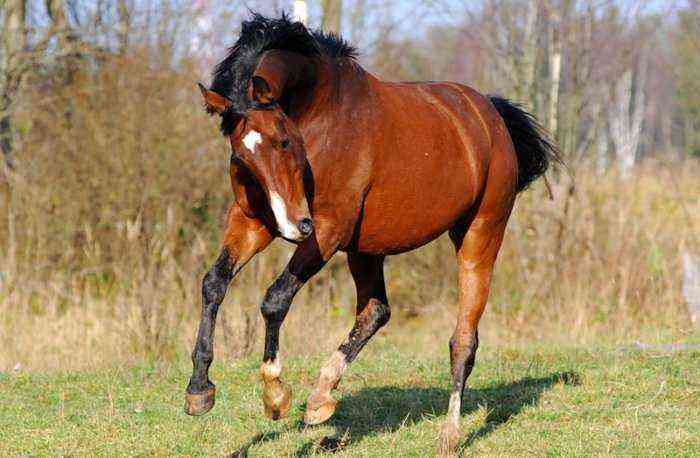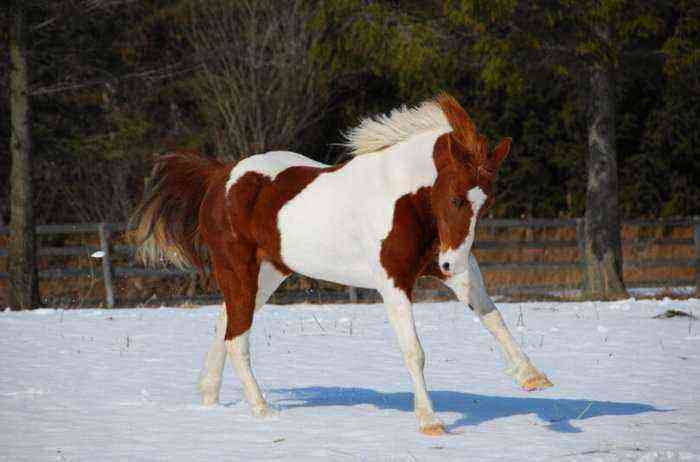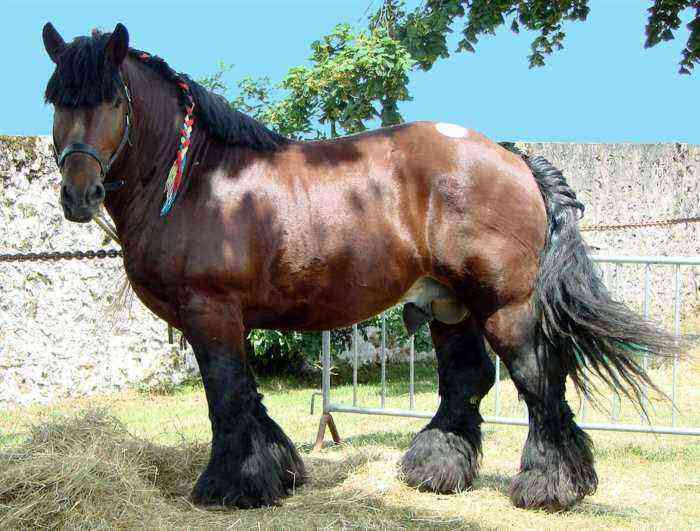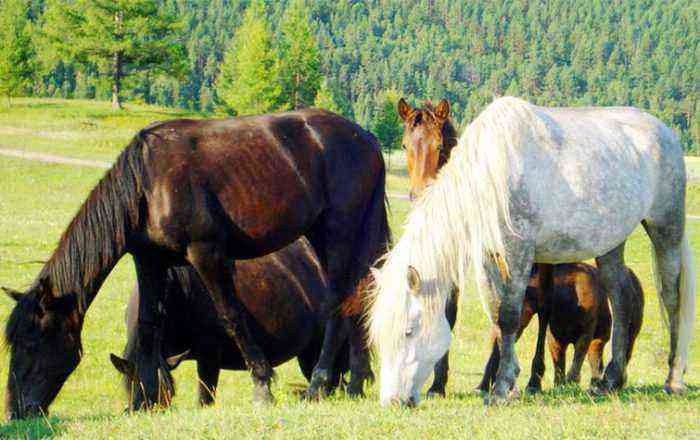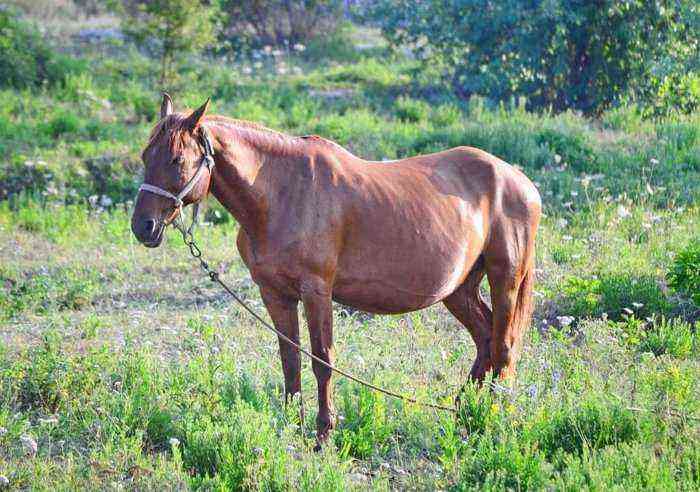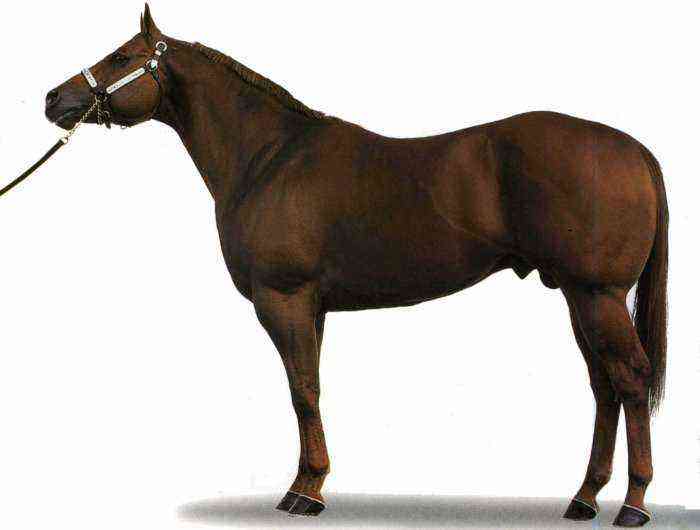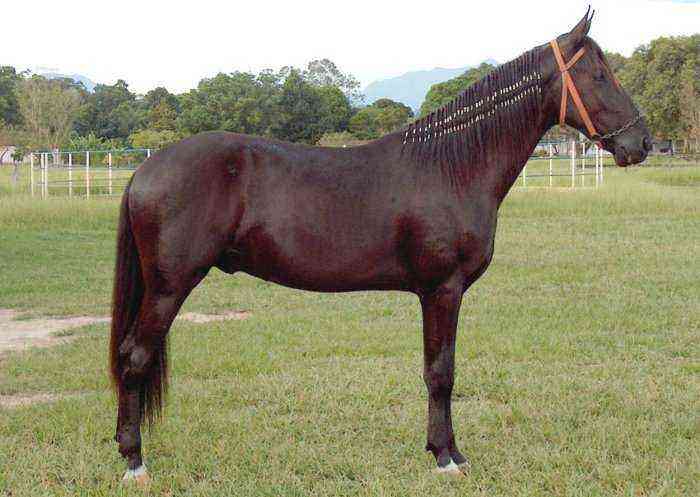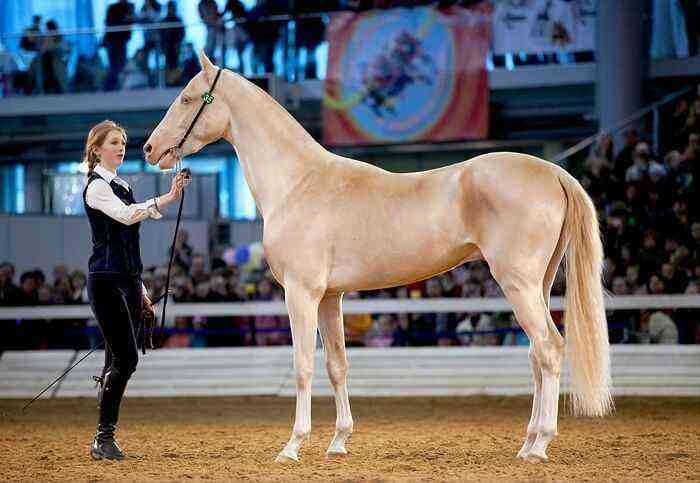There are many different color options for horses. Moreover, even within the same breed, there may be several suits, each of which suggests its own history and characteristics. The nightingal color of the horse is no exception. Outwardly, such animals look extremely impressive, while the color may suggest several tones, each of which constantly attracts the attention of the public at exhibitions and shows.
Nightingale Horse
Origin
Where the horses of the nightingal color came from is not known for certain. But, despite this, such horses are mentioned quite often in history. The first written sources that mentioned the nightingale horse are writings from the ancient kingdom of Parthia. Also, animals with this coloring are described in the myths of Scandinavia. And the ancient Greek storyteller Homer repeatedly mentions such a horse in his epics.
Often, these animals also adorned the personal collections of royal people. So, for example, the ruler of the state of Yemen appreciated the nightingale horses. They were also bred by the breeders of Queen Isabella, who ruled in Spain. And since the queen was especially fond of horses with this color, it soon gained popularity throughout the country. In the XNUMXth century, it was considered an honor to own a horse of a nightingal color, and due to the rarity of the color, only the rich could afford to purchase such a stallion.
During their travels to the shores of America, the Spanish conquistadors brought the nightingale horses to new lands. As a result of crossing with local breed lines, a new breed was formed, in which the indicated coloring was a characteristic feature. The variety was called palomino and gained great popularity among the locals.
Today, several breed lines at once suggest such a color. And representatives of these breeds are bred by horse breeders from all over the world.
Features
In modern realities, nightingale horses are considered a rarity and the pride of those breeders who have them. This color suggests several shades of sandy color, in which the coat on the body of the animal is dyed. It can be either light, almost beige, or darker, closer to red. But among the whole variety of shades, the most rare, nevertheless, is considered to be transitional between nightingale and savras. Stallions with this color are extremely rare.
The body, head and limbs of the nightingale horses are mostly completely monochromatic. But here the hair of the mane and tail they have a couple, or even several, tones lighter than the prevailing one. Often they even suggest a snow-white color, in which there are separate dark hairs. The eyes of stallions and mares are brown, less often there are representatives of pedigree lines in which an amber hue prevails.
In general, only one gene from the total set provides nightingality to horses. The likelihood that it will be transmitted to the foal is extremely small. That is why such young animals are especially highly valued.
Nightingale of horses
But, it is worth noting that the foals acquire the characteristic coloring only with time. At birth, these babies are white or light, and their skin is pink. And only after a certain time, when the gene begins to manifest itself, the skin gradually turns gray, and the coat acquires a dark shade.
What breeds are characterized by this suit?
As already noted, the nightingal suit is the hallmark of the Palomino breed. But besides it, the same color is often suggested by other breed lines, including:
- Haflinger.
- Akhatelka horse.
- Kinsky horse.
When these breeds are crossed with other varieties, the chance of getting a colt foal drops significantly. It is worth noting that even within the same breed, the same babies are not always born from parents with a common color. Often their coat is just red or isabella color prevails.
The main tricks of the nightingale horses
The color of the representatives of the nightingal suit can vary and suggests excuses, each of which differs in a specific tone and their combinations. Such color options do not differ in a large variety. Four of the main ones are:
- Nightingale in apples. In these animals, in addition to the combination of different colors of the body and mane, a certain contrast is also created by small (up to 3 cm in diameter) round spots scattered over the body and limbs. The color of such spots is predominantly light red.
- Light salty. This color is very similar to cream and isabella, but differs in a darker tone. The mane and tail of such an animal are white, less often with a yellowish tinge. The body is similar in color to milk, but deeper and darker. The difference from the two indicated suits also lies in the color of the skin. It is gray in light-salted horses. The eyes, unlike other representatives of the suit, are often blue.
- Dark nightingale. In such horses, the legs, head and body are painted in a dark sandy color. Individual foals grow up almost orange. At the same time, the mane and tail of such representatives of the suit are light, and sometimes completely white. The eyes are predominantly brown.
- Golden nightingale. Such representatives of colors are considered one of the rarest and at the same time look spectacular. Among other horses, these are distinguished by a bright golden color, which, in combination with silky hair, shimmers beautifully under the sun. The mane and tail of such living creatures are either the same color as the body, or have a light shade.
Golden Nightingale Horse
Reference. Another interesting feature of solitary animals in apples is the dependence of the color of spots on the quality of feeding and conditions of detention. In animals for which the correct breeding conditions are selected, the spots are painted in bright dark shades of red. With poor care, they become almost white or pale yellow.
Nightingale horses are considered to be of high value to breeders due to their rarity. The likelihood that the foal will pass on the nightingale gene is quite small. This means that nightingale horses are rarely born. Moreover, the pedigree lines representing it suggest several excuses, some of which are even rarer than the usual colors.
